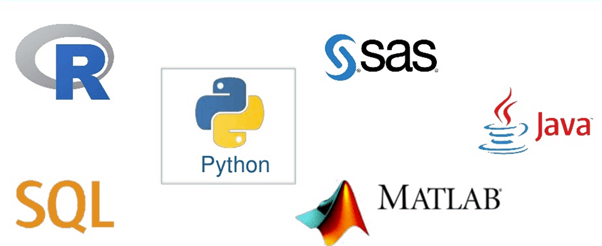PREDICTIVE ANALYTICS IN HEALTHCARE
- Ifeanyichukwu Onuoha
- Dec 14, 2022
- 2 min read
With the ballooning of healthcare costs and the shift of healthcare to a patient-centered approach, it has become necessary to utilize information technology to help drive down the cost and improve the quality of care. Digitalization in the healthcare industry has caused an explosion of patient data (Big Data) in various formats. This increasing availability of big data from, medical imaging data, electronic health records, national health registries, and other data collection points makes it inevitable to study this data and create information that helps improve patient outcomes and community health in general.
Big data has been referred to as data that is too large and complex to be analyzed and managed by traditional computing tools. Manipulation and analysis of this large data are done by various statistical tools (e.g. SPSS, SAS, R, MS Excel) and powerful computing platforms.
Pioneer industries like banks and e-commerce have been making business decisions using big data analytics. This improved business processes, made the workforce more effective, reduced enterprise costs, and attracted new customers.
In regards to the healthcare industry, medical Big Data collected in the U.S. has reached the zettabyte scale and may soon come to the yottabyte dimension.
Healthcare analytics deals with the systematic use of health data and related business insights developed through applying analytics (e.g. statistical, contextual, quantitative, predictive, cognitive, and other models) to drive fact-based decision-making for planning, management, measurement, and learning in healthcare. The predictive part of analytics brings excitement to the healthcare industry as this will revolutionize the way medicine is practiced.
Predictive analytics involves using empirical methods (statistical and others) to generate data predictions as well as methods for assessing predictive power. It includes statistical techniques like modeling, machine learning, and data mining that analyze current and historical data to make predictions about the future. The use of predictive analytics in healthcare is boosted by the increased availability of quality patient data, flexible machine learning algorithms, and powerful computing platforms.
In clinical practice, some predictive models are embedded within the Electronic Health Record (EHR) software platforms and available in real-time at the point of care. Predictive methods are being used today in the hospital context to determine if a patient may be at risk for readmission. This data can help doctors to make important patient care decisions. Other examples are in the treatment of cancer (genomics), preventing medical errors, fraud
detection, population health management etc.
The patterns of cancer mutations and their reactions vary based on individual genetics, which explains the non-curability of some cancer. Oncologists have determined that in recognizing the patterns of cancer, it is important to provide specific treatment for specific cancers, based on the patient’s genetic makeup. The Hadoop technology which uses the MapReduce programming model facilitates the mapping of billions of DNA base pairs to determine the appropriate cancer treatment for each particular patient. This model provides the basis for treatment through big data analysis to improve the chances of saving patients’ lives.
Predictive analytics in healthcare studies is rapidly advancing and this is made obvious by the resources healthcare organizations are devoting to this effort. The market for big data analytics in healthcare is growing translating into greater opportunities for IT professionals to work in the healthcare ecosystem.













Comments